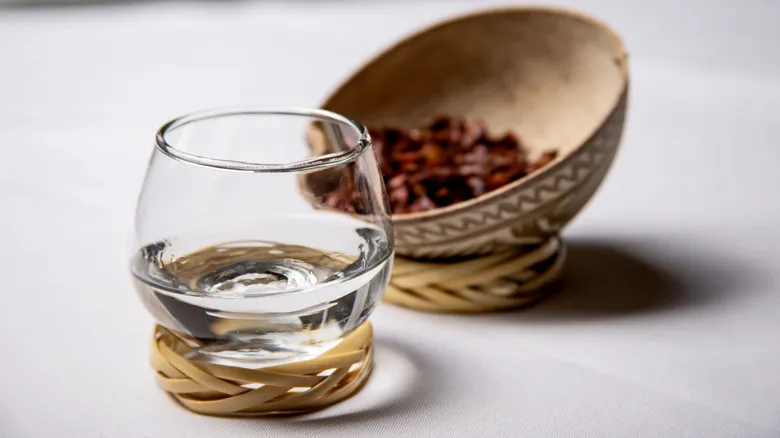Start with room temperature tequila for maximum flavor
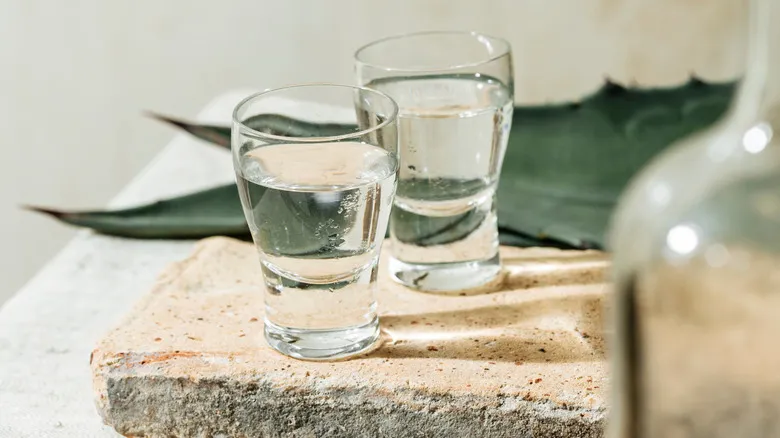
To begin, ensure that the tequila is at a suitable temperature—not too cold or too warm—before you start tasting. Jaime Salas recommends, "I advise tasting at room temperature. This allows for the fullest expression of the aromas and is the optimal way to appreciate its flavor." It's also best to avoid using a shot glass. Salas suggests opting for a flute or a narrow glass instead. Other suitable choices include a snifter or a specialized tequila tasting glass, which features a narrow opening to concentrate the aromas toward your nose and a broader body to help you observe aspects like color and texture.
"Before you take a sip, let the tequila sit for a few moments and swirl it in the glass to release the aromas. ... Inhale the scent and enjoy it," Salas explains, reminiscent of a sommelier guiding someone through a wine tasting. Then comes the moment to savor the flavors that your senses have been anticipating. "Take a small sip, ensuring the spirit touches all areas of your mouth, and swirl it around to mix with your saliva before swallowing," he advises. "Pay attention to the various flavors while noting the distinct aromas and tastes of each unique expression."
For unaged blanco tequilas or reposados that have been aged for no more than a year, you’ll detect notes of citrus and floral elements, primarily from the agave. Aging in oak barrels enhances the profile with rich flavors such as vanilla, butterscotch, and caramel, along with hints of herbs and spices. With extended aging, the flavors deepen further, revealing chocolate, tobacco, and coffee undertones.
Get to know the spirit and cleanse your palate
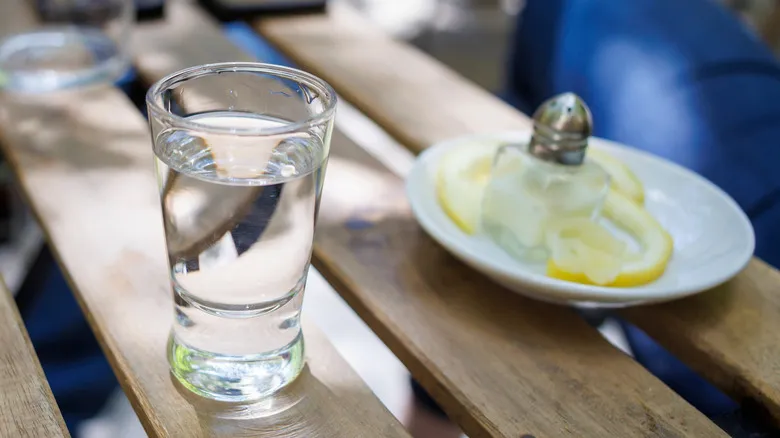
Before you start tasting tequila, it's important to familiarize yourself with it. First, distinguish between tequila and mezcal; tequila is a specific type of mezcal made exclusively from the blue Weber agave plant. Jaime Salas recommends, "Take a moment to read the label on the bottle and pay attention to the tasting notes and flavor profile to enhance your experience." Gaining an understanding of the spirit will help you appreciate it more, whether you're savoring a blanco neat or enjoying an aged añejo from a Riedel tequila flute.
Blanco tequila is unaged and is either bottled right after distillation or after a brief two-month resting period. In contrast, añejo tequila is aged in oak barrels for one to three years, which imparts a golden amber color and a rich, complex flavor.
You don’t have to forgo fruit entirely while tasting tequila. Salas recommends using an orange wedge or fresh pineapple to cleanse your palate between sips. "The natural acidity of these fruits refreshes your taste buds and enhances the aromas and flavors of various expressions." However, there's no need for a special shopping trip; a sip of water or a few plain crackers can also work well between tastings. Additionally, Salas suggests resetting your palate by inhaling the aroma of whole coffee beans. He explains, "The strong scent helps clear your sense of smell and refresh your palate, allowing you to fully appreciate the next tequila flavor."
Recommended
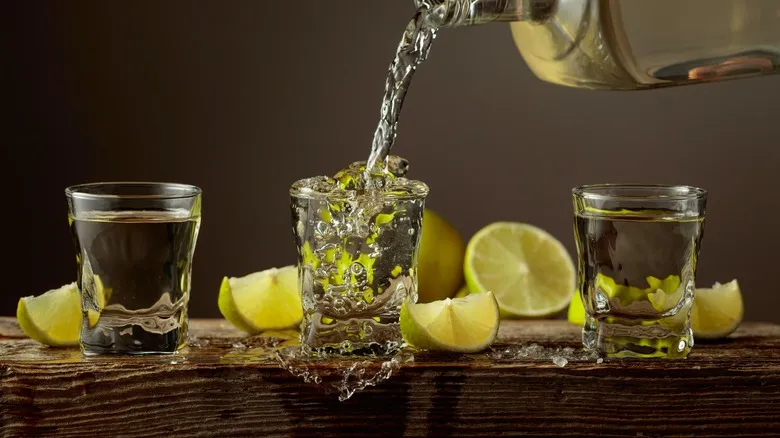
The Unexpected Mixer That Makes So Much Sense With Tequila

11 Flavored Coffee Brands That Use The Highest Quality Ingredients
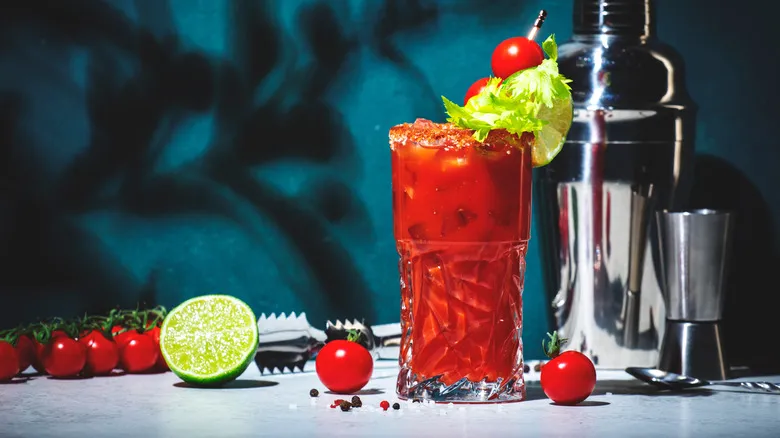
For A Better Tasting Bloody Mary, Your Mix Needs Fresh Ingredients

The Award-Winning Whiskey You Can Snag At Costco For A Great Deal
Next up

